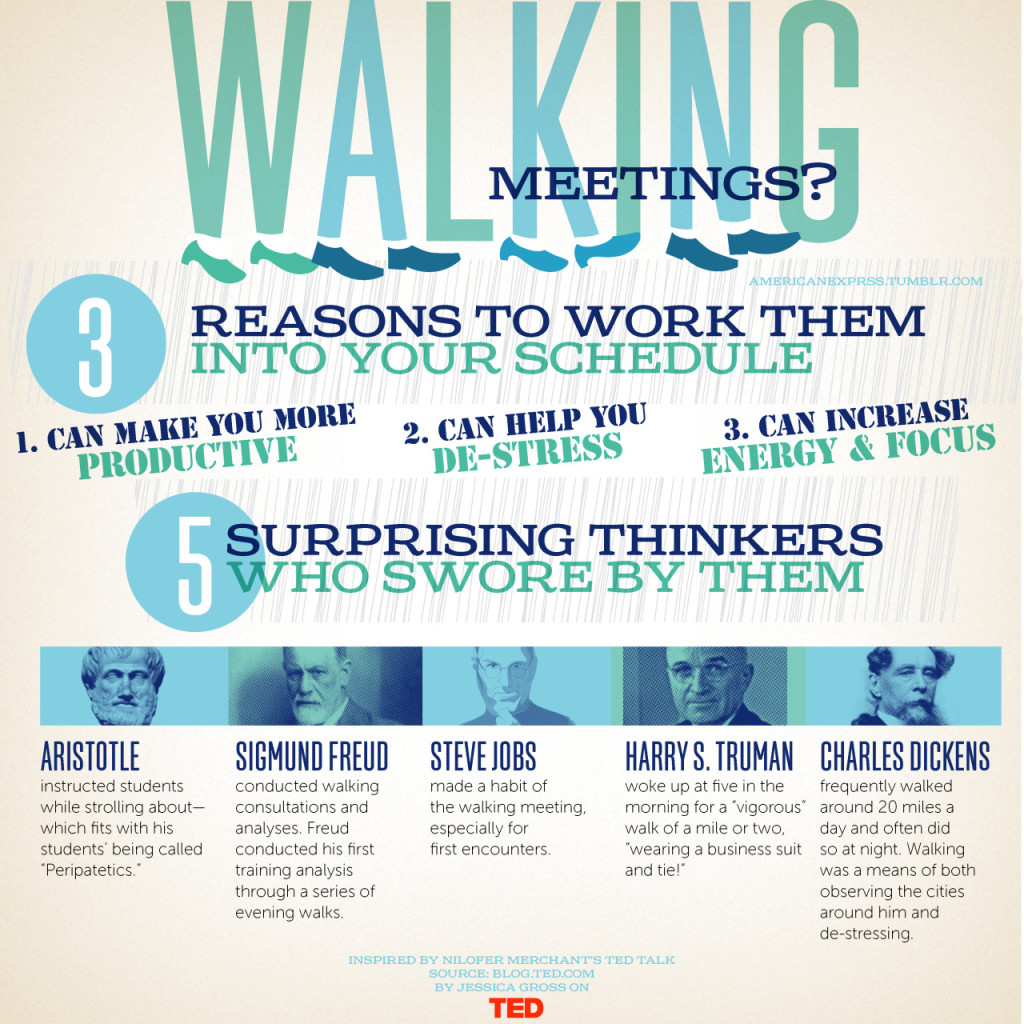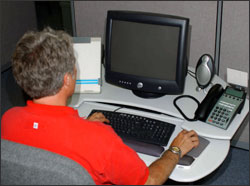38 Ways to Help You Stop Sitting, Start Standing
We’ve reported regularly on the negative effects of sitting. So what are some tips to get folks out of their seats and standing more? A new study has found 38 of them.
Reports the Wall Street Journal: “Scientists also are studying how to induce people to sit less.”
One study titled “How to reduce sitting time? A review of behaviour change strategies used in sedentary behaviour reduction interventions among adults” was recently published in the Health Psychology Review.
The study states: “Sedentary behaviour – i.e., low energy-expending waking behaviour while seated or lying down – is a health risk factor, even when controlling for physical activity. This review sought to describe the behaviour change strategies used within interventions that have sought to reduce sedentary behaviour in adults. Studies were identified through existing literature reviews, a systematic database search, and hand-searches of eligible papers. Interventions were categorised as ‘very promising’, ‘quite promising’, or ‘non-promising’ according to observed behaviour changes.”
In terms of results, the study found 38 “interventions,” or ways to help change behavior: ” Twenty-six eligible studies reported thirty-eight interventions, of which twenty (53%) were worksite-based. Fifteen interventions (39%) were very promising, eight quite promising (21%), and fifteen non-promising (39%).”
The WSJ reports that Benjamin Gardner, senior lecturer at the Institute of Psychiatry, Psychology & Neuroscience at King’s College in London and first author of the article stated that: “Among those that worked: educating people about the benefits of less sitting time; restructuring work environments, such as adding standing or adjustable desks; setting goals for the amount of time spent sitting; recording sitting times; and creating cues or alerts for people when they need to stand.”
Additionally, the study reports:
- “Very or quite promising interventions tended to have targeted sedentary behaviour instead of physical activity.”
- “Interventions based on environmental restructuring, persuasion, or education were most promising.”
- “Self-monitoring, problem solving, and restructuring the social or physical environment were particularly promising behaviour change techniques.”
- “Future sedentary reduction interventions might most fruitfully incorporate environmental modification and self-regulatory skills training.”


